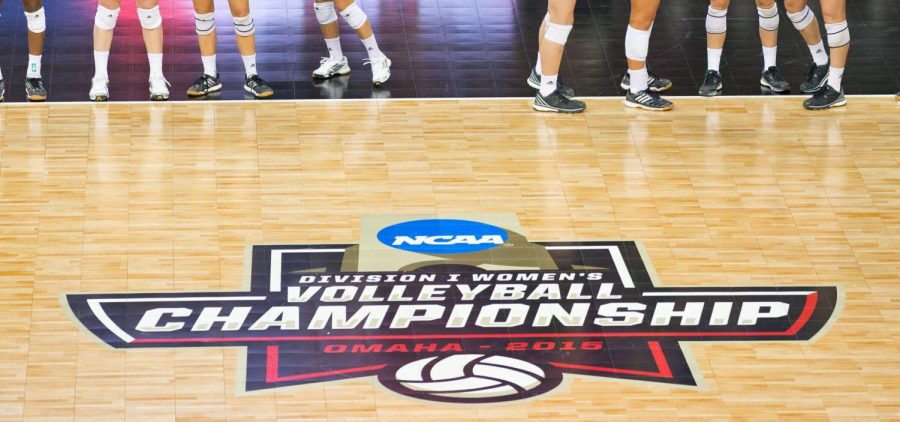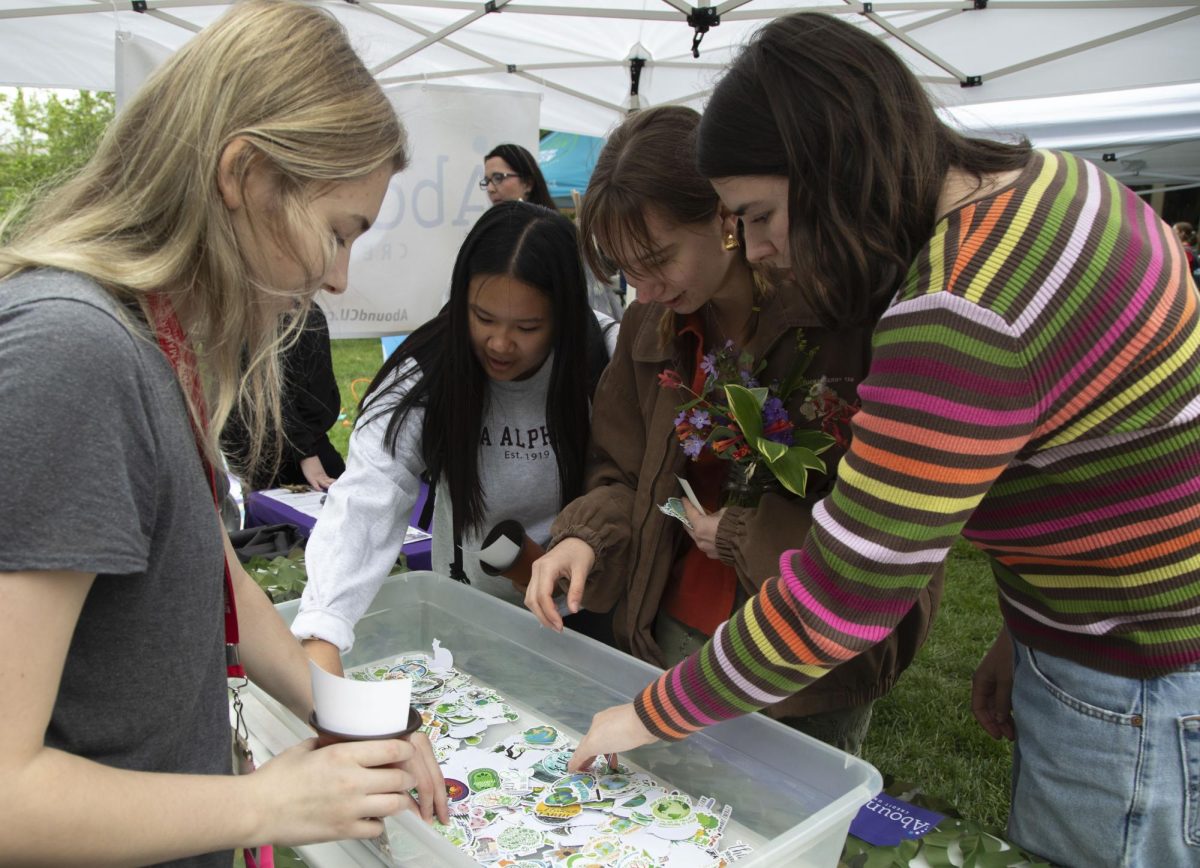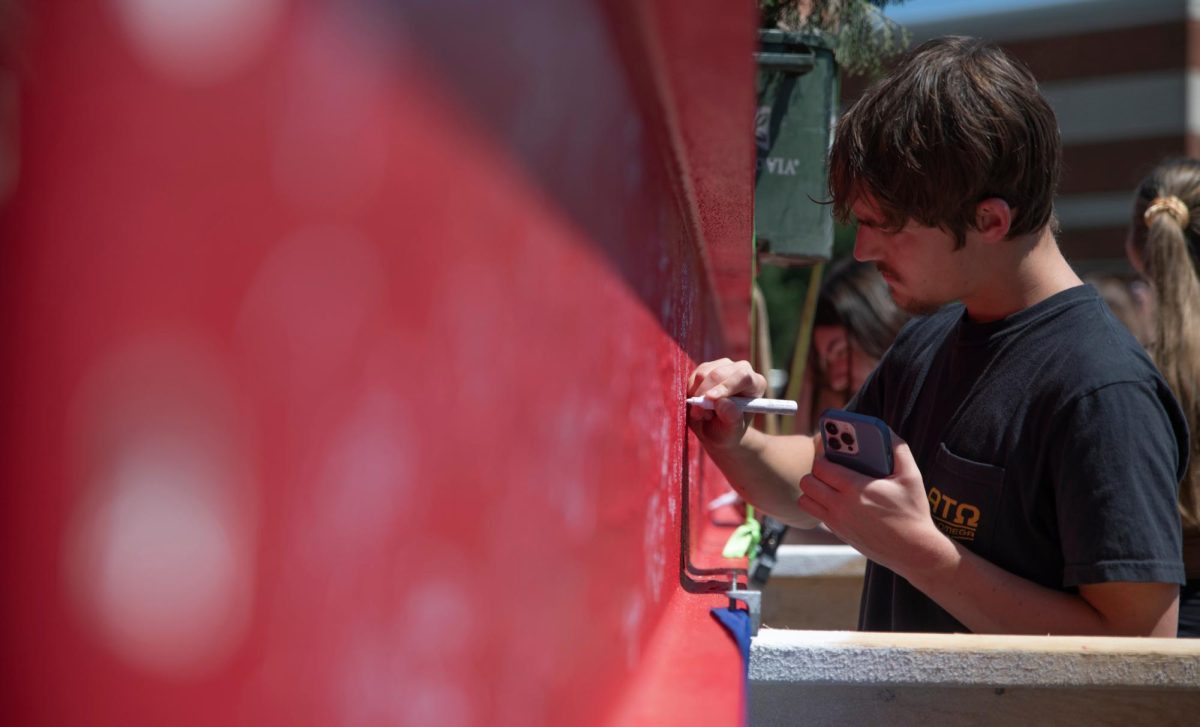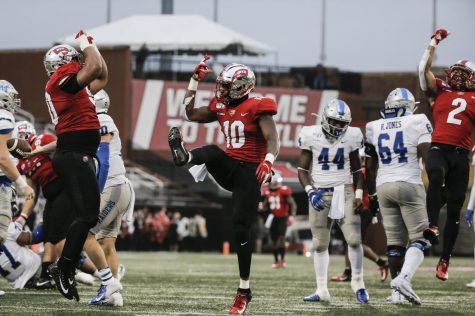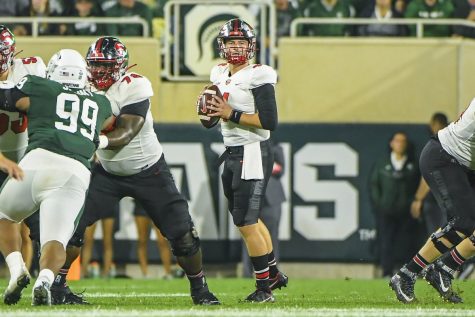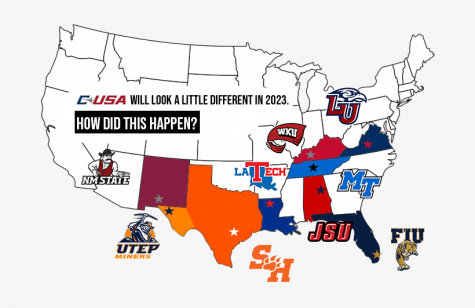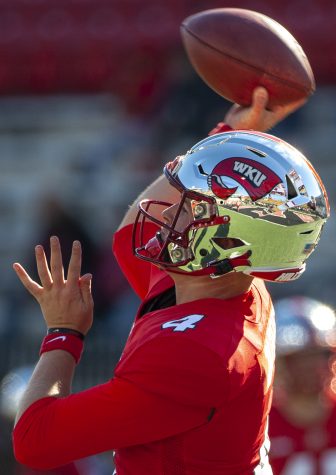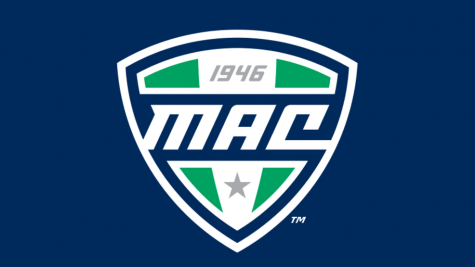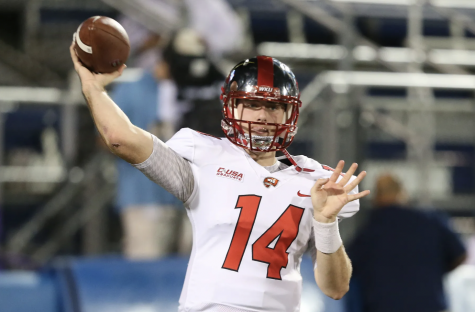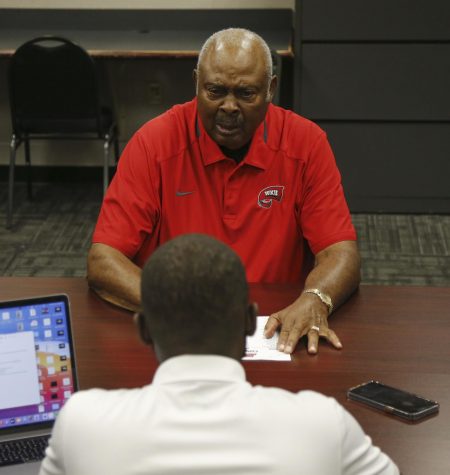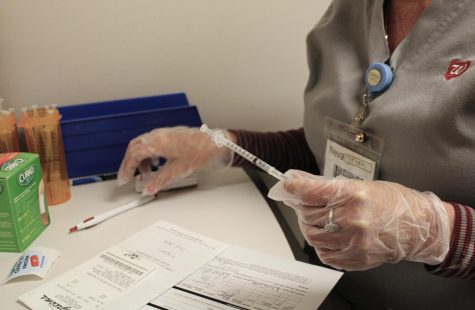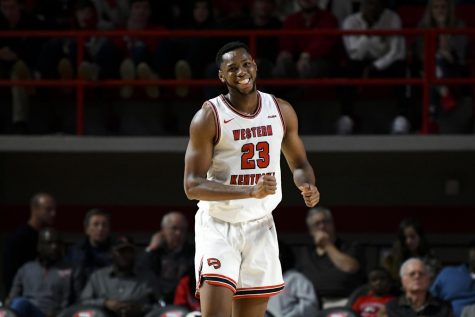NCAA faces mounting criticism over volleyball tournament in Omaha
April 8, 2021
As more details emerge about the NCAA volleyball tournament, coaches are raising more questions about the logistics surrounding the event.
On Thursday, some raised questions about the lack of changing rooms, television production and practice details.
Nebraska coach John Cook said he was on a call with other coaches Wednesday who expressed concerns about the setup of the 48-team tournament, which begins Wednesday at CHI Health Center.
According to Cook, teams will not have access to locker rooms and areas in which to change while playing matches in the convention center.
“Everybody’s gonna have to navigate and everybody was concerned with the logistics of actually playing a match,” Cook said. “Having a locker room, having a whiteboard, having bathrooms. Things like that. Where do they change?
“The volleyball players warm up and then they change (into) their uniforms. How’s that gonna work when you’re in the middle of Convention Hall C?”
The NCAA issued a clarification at 8 p.m. Thursday, saying each team will have a secure changing area on site.
Cook said he would have preferred to use more sites, like UNO’s home court at Baxter Arena, Creighton’s Sokol Arena and the Devaney Center in Lincoln, to provide a more natural playing environment. Creighton coach Kirsten Bernthal Booth said Thursday they were never contacted about using their home court for the tournament.
Nebraska and Creighton volleyball return to NCAA tournament
Kristin Fasbender, an Omaha native and former Nebraska track athlete who is directing the tournament for the NCAA, said the committee overseeing the event considered several formats, including the use of multiple other venues in Omaha and Nebraska.
But she said going to additional venues would have required more travel, entering more buildings and interacting with more facility staff, increasing the risk of COVID-19 transmission.
What’s unique with CHI Health Center is a large convention center attached to the arena, along with hotels across the street and nearby, which provide an opportunity to hold the tournament safely in a single location.
“It really offered us the opportunity to keep the athletes as safe as possible,” she said.
Another issue arose Thursday when BTN analyst Emily Ehman reported that the first two rounds of the tournament, which will be streamed on ESPN3, will not have broadcast crews. The decision to go without announcers came via ESPN, not the NCAA, which said there is no requirement by the broadcaster to provide live commentary.
However, ESPN spokesperson Kimberly Elchlepp said the network is still finalizing its coverage plans “and will have more to share next week.”
Traditionally, the first two rounds are not broadcast nationally, and the schools can sell rights to local networks or conferences. Though ESPN expanded its coverage to include the first two rounds, Ehman’s tweet prompted several coaches to weigh in via Twitter with criticism reminiscent of the firestorm during the NCAA basketball tournaments over inequities between the men’s and women’s weight room facilities.
“This is BUSH LEAGUE,” Purdue coach Dave Shondell tweeted. “Plenty (of) capable commentators happy to do the work for free. Let’s get organized.”
Booth tweeted: “This is not acceptable — and there is still time to make this right @NCAA.”
In a release, an NCAA spokesperson said additional challenges were created by pandemic-related restrictions and the format this year, including four streams going out at the same time from one location.
Shatel: Breaking down the 5 main issues with NCAA volleyball tournament
Offsite announcers will be used for the regional semifinals and regional finals. For the national semifinals and championship, announcers will be in the arena.
During the last tournament, Wisconsin’s first match was carried on BTN+ and the second-round match was on BTN. Home matches for Penn State and Purdue were also available on BTN+. Stanford’s matches were available on Pac-12 Networks and Stanford Live Stream. Florida’s first-round match was on SEC+ and the second round on ESPN3. Because Creighton’s first two matches were at Minnesota, both were shown on BTN+.
For Nebraska, NET typically carries the tournament’s first two rounds when they are played at home. While this year’s second-round match is shown on ESPN3, it will still be carried live on the Husker Sports Radio Network.
Cook also raised concerns about the size of the traveling parties and practice times.
Each team is allowed to bring 27 people to the tournament bubble. Cook said NU will bring 17 players, which include the three early enrollee freshmen who are ineligible, four coaches and support staff. He said their social media director and sports psychologist were not included.
All teams will arrive three days before their first match — Sunday for first-round participants and Monday for the 16 teams that received a bye. They will be required to quarantine for two days and record negative COVID-19 tests.
Nebraska’s first practice will be at 7:45 a.m. Wednesday, then again an hour before its match at 2:30 p.m. Thursday. Cook said he was concerned about the practice facilities. In its Thursday evening release, the NCAA said a felt underlayment is applied to the bottom of each practice court for cushioning and to prevent court movement.
“You start throwing (unpadded courts) over cement and these athletes are going to have a lot of issues,” Cook said Sunday.
The NCAA is using cushioned Teraflex courts for matches in the first three rounds. Starting with the regional finals, a Sport Court will be placed over the wood floor in the CHI arena.
Players will be allowed outside their hotels but are discouraged from interacting with people outside their team bubble. Because hotels are close by, players can walk to the convention center for practices and matches.
“It’s exactly like a club tournament,” Cook said.
Fasbender said she had also heard concerns that having the early-round matches in the convention center would make it like a club, or juniors, tournament. People in volleyball are familiar with the sight of 30 or 40 courts spread out in an open area for such youth tournaments, she said.
Fasbender said the NCAA has worked hard to make each of the four convention center competition courts that will be used during the tournament’s first three rounds more like “ministadiums.” They also will include seating for the limited number of family each team is authorized during those early rounds.
“This is not going to be a glorified juniors setup,” she said.
Booth said she is curious about how the area will sound with multiple matches at the same time and whether whistles, cheering and the public address system will be audible between courts. The two courts in each convention hall will have seating areas on the end lines as well as two camera towers. Sixteen-foot tall heavy drapes will surround the court to help restrict sound.
Despite all the uncertainties, Booth is focusing on the task at hand.
“I do think as coaches, we dictate a lot of how our team responds to that,” she said. “We need to smile and say, ‘Hey, we’ve done this with club all the time. And just not get too worried about it.’ “
In the end, Fasbender said the setup and venue will provide athletes “a great experience” and opportunity to compete for a championship during a very unique and trying year.
“Everybody wants to compete,” she said.
World-Herald reporters Henry Cordes and Jon Nyatawa contributed to the story.


